Heritage isn't enough
Lessons in lineage from Dior, Gap, Hermès, and beyond
The Brandsider is a weekly newsletter about how brands create insiders. Subscribe for strategy playbooks, case studies, and the mechanics of belonging.
October 3, 2025 | Edinburgh, UK
Hi - and welcome back to The Brandsider.
It’s officially October and it’s, well, wet. Last night, as I was working on this newsletter, the gales battered our window panes with a force that felt almost cinematic. I must say, I love it.
I was thrilled with the feedback on last week’s piece - so thank you for your kind messages. Although it snapped together quickly, the Flywheel of belonging has been the result of months of work - and will be the basis for The Brandsider content (and my consulting practice) going forward.
If you’re more of a visual person, I shared a carousel about it with some mini caselets on Instagram (100k views! 1000 likes!). I also posted a case study of Flamingo Estate, which is a 10/10 example of immersive world-building.
Last Friday, I said I’d be returning to the 3 market stories + watchlist format. But the past few weeks of testing have made it clear: what you find most valuable are lessons and playbooks, not raw market analysis. So I found a middle ground.
If you want to stay on top of pure brand news, I recommend as seen on, Because of Marketing, Feed Me, BoF and WWD. I have premium subscriptions to all of them and read them religiously.
Now, let’s get into it.
Tamara
Watch → Flamingo Estate’s estate of pleasure
In today’s newsletter → Jonathan Anderson’s debut at Dior, GapStudio’s inter-generational campaign, Maybelline’s jingle revival, Burberry’s knight, Hermès scarves
Jonathan Anderson’s debut at Dior:
an homage to lineage
This week, my feed was flooded with the most anticipated moment of Paris Fashion Week: Jonathan Anderson’s debut at Dior. Reviews of the collection have been mixed, but one thing was clear: Anderson did his homework.
The show opened with a four-minute film retracing Dior’s 80-year history, paying tribute to each of the seven creative directors who came before him. The debut framed his arrival not as a disruption, but as the next chapter in a story already in motion.
Whether you loved or hated the clothes, the gesture was telling.
It reminds us that the brands we feel the deepest belonging to rarely exist in a vacuum. They’re connectors - tying us to the lineage of those who came before, and those who will come after. This is a potent form of emotional pull (step 2 of the Flywheel).
Because insider brands don’t just sell product -
they make customers feel like heirs to a story
Watch → Dior’s SS 2026 show (YouTube)
Lineage as a tool for belonging
Not every brand has Dior’s 79-year heritage.
But for those with history, lineage can be one of the most powerful tools to create belonging - making customers feel part of something bigger than themselves.
It’s therefore no surprise that many brands staging comebacks - Gap, Elizabeth Arden, Nike, Starbucks, Coach, Burberry (how are there so many lol?) - are reaching back into their own archives to do it.
There are three ways brands can can tap into lineage as a tool for belonging:
Bridging generations: making belonging feel continuous across eras.
Resurrecting iconic codes: reviving symbols that root today’s customers in a deeper cultural DNA.
Framing products as inheritance: turning purchases into symbols of legacy.
1. Bridging generations
Gap’s latest GapStudio campaign (the brand’s high-end line) shows how powerful lineage can be. Featuring mother-daughter duo Gwyneth Paltrow and Apple Martin, the spot reminds us of the multi-generational love for the Gap brand.
In the clips, Apple talks about defining her style by stealing pieces from her mom’s ’90s wardrobe - a literal embodiment of fashion as inheritance.
“Gap has always been part of my family’s life.” — Gwyneth Paltrow
“When I think of Gap, I think of growing up with it.” — Apple Martin
It’s a familiar ritual: most of us have worn something from our parents’ closets. And that’s exactly why it works. Belonging rooted in lineage feels powerful because it’s both deeply personal and continuous.
You aren’t just buying denim; you’re stepping into a thread weaving together stories, generations, and something much bigger than yourself.
Watch → GapStudio’s fall 2025 campaign (Instagram)
2. Resurrecting iconic codes
Codes are one of the most powerful tools brands have to signal lineage. A logo, a tagline, a jingle - these are cultural shortcuts that remind consumers of a story that began before them.
But codes can’t just be dusted off. They need depth and authenticity to still mean something.
The bad: Maybelline’s jingle
Take Maybelline. Last week, the brand relaunched its iconic ’90s jingle ‘Maybe it’s Maybelline’ with Miley Cyrus. It’s fun, nostalgic. But beyond the surface-level throwback, there’s no real depth for consumers to connect to.
Any references to Maybelline’s glamour of the 70s and 80s is too subtle, with no storytelling to educate the new generation. Not to mention that, since L’Oréal’s acquisition in 1996, Maybelline has had little depth to speak of - run as a mass market beauty machine.
Watch → ‘Maybe it’s…’ music video (YouTube)
The good: Burberry’s knight
In contrast, Burberry’s revival of the Equestrian Knight has been nothing short of impressive.
First drawn in 1901, the knight is Burberry’s origin myth made visible: British identity, exploration, endurance. Under Daniel Lee, the house has woven it back into the fabric of the brand: crocheted on bags, spotted at fashion shows, and unexpectedly showing up in campaigns.
The knight has become the main character in Burberry’s immersive world. It’s both heritage and modern. And it works because it’s not just a prop; it has its own personality - a quirky reference insiders can recognize, celebrate, and re-circulate.
Watch → Burberry’s London in Love campaign (YouTube)
3. Framing products as inheritance
When most brands talk about ‘heritage’, it’s akin to a museum piece - admired from afar, but not lived in. With the silk scarf, Hermès shows us what it means to make heritage personal.
Introduced in 1937, the Hermès scarf has remained constant in shape and material, but endlessly renewed in design. Every season, the brand collaborates with artists to release new patterns - making the collection perennial.
This makes it a perfect keepsake for inheritance: one generation passes theirs down, while the next adds a new design to the collection based on personal taste. Each pattern acts as a marker of time, forming a living archive.
So while scarves might not be the most expensive or exclusive products sold by Hermès (*coughs in Birkin*), it’s their strongest tool for belonging. Because you never just own a scarf - you inherit a lineage, and then extend it.
Watch → The cult carré (The Brandsider)
Parting thoughts
There are many ways in which brands tap into emotional connection to create belonging (stay tuned). But for those with history, lineage is one of the most powerful tools at their disposal.
The key, like for anything in brand-building, is to ensure depth and authenticity in the narrative so that the emotional connection feels earned - not engineered.
I hope you enjoyed this hybrid format - blending tactical lessons with topical and evergreen case studies. This was definitely my favourite newsletter to write so far, and I already look forward to next week’s.
Until then!
xo,
The Brandsider



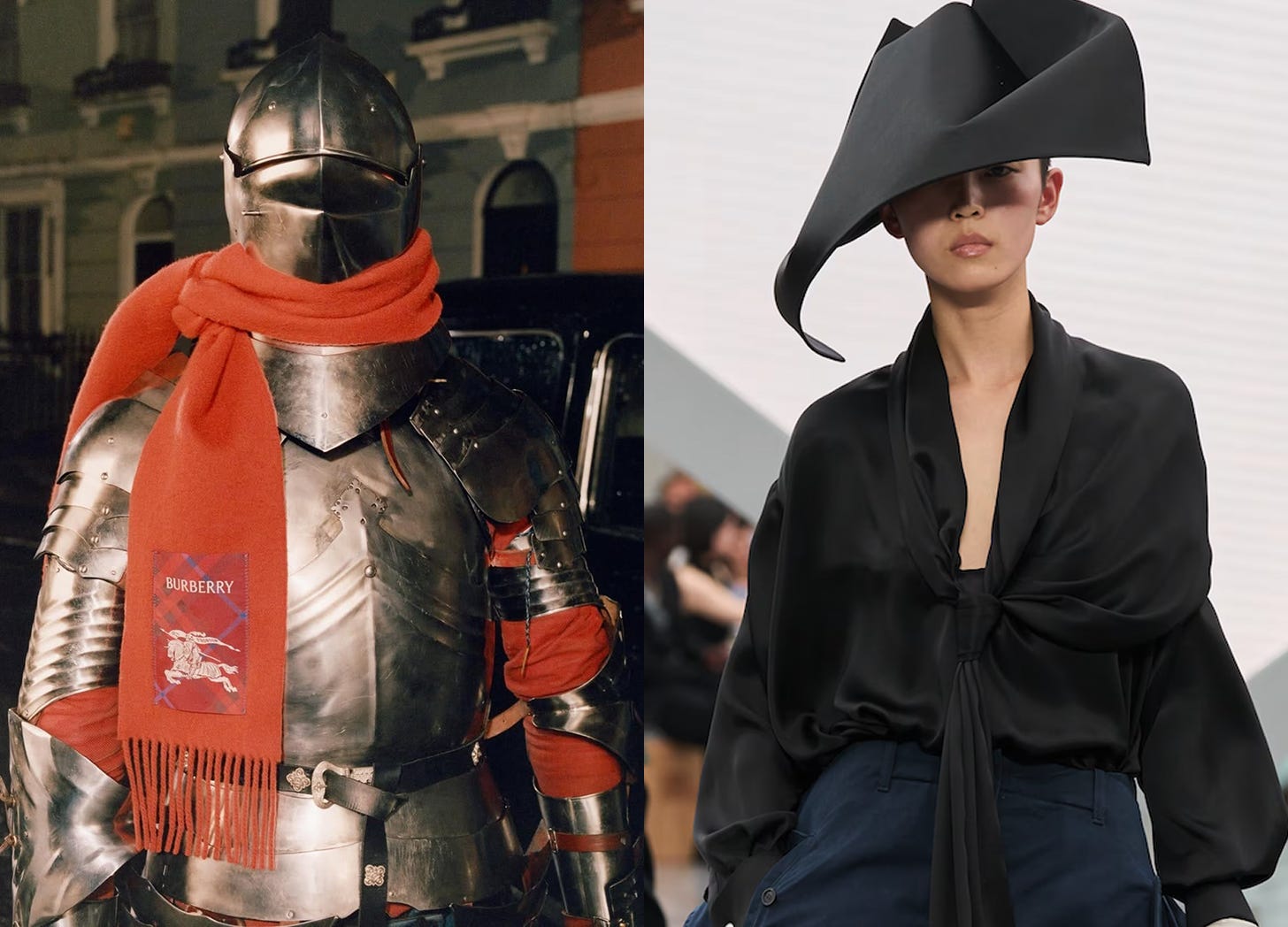
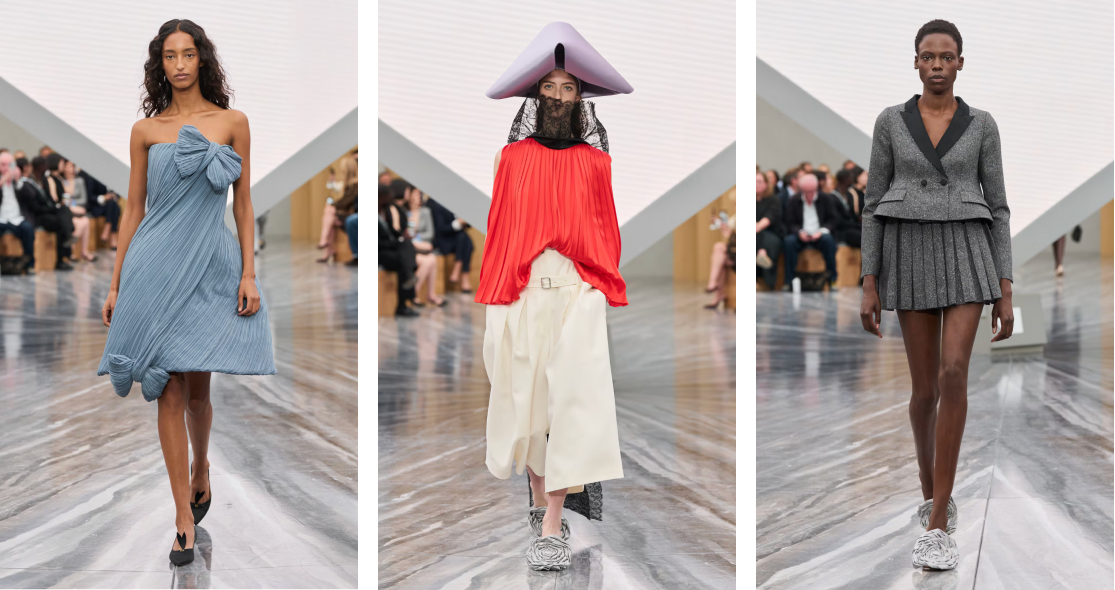
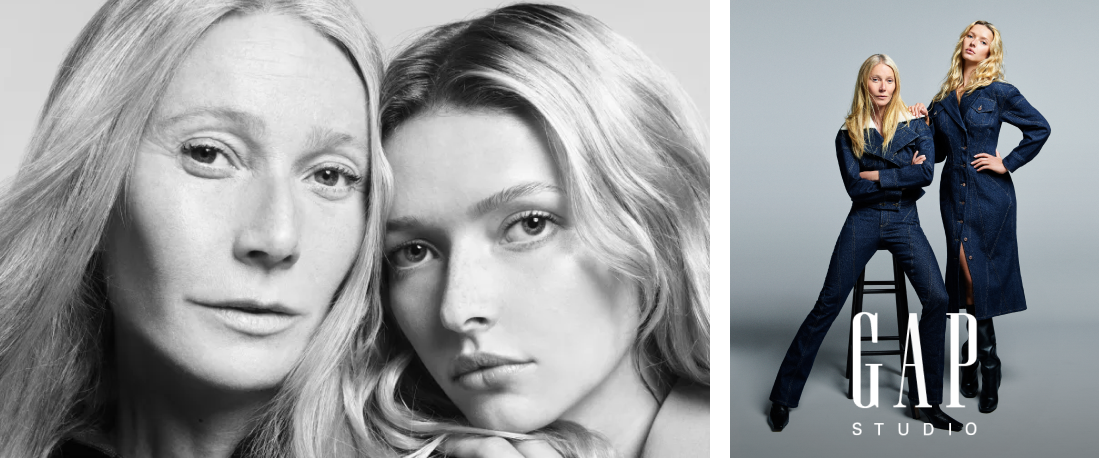
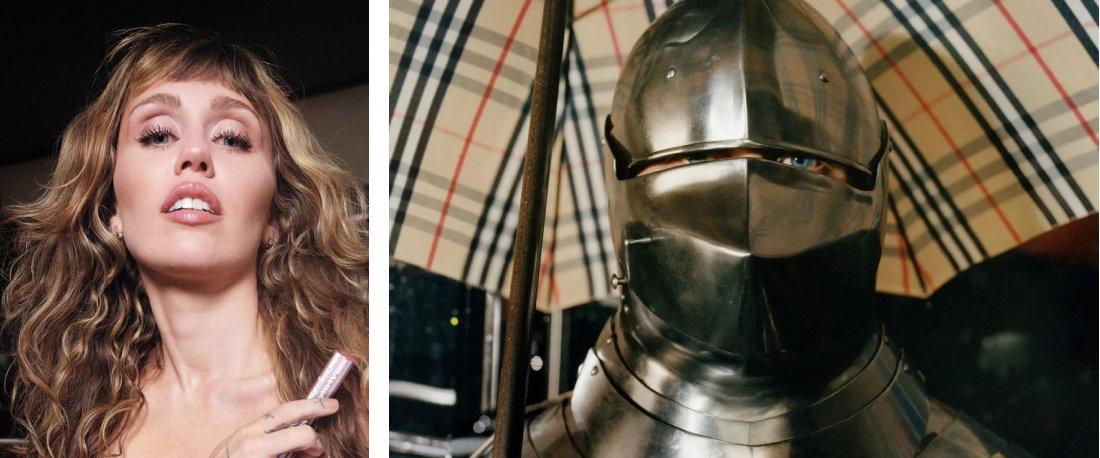
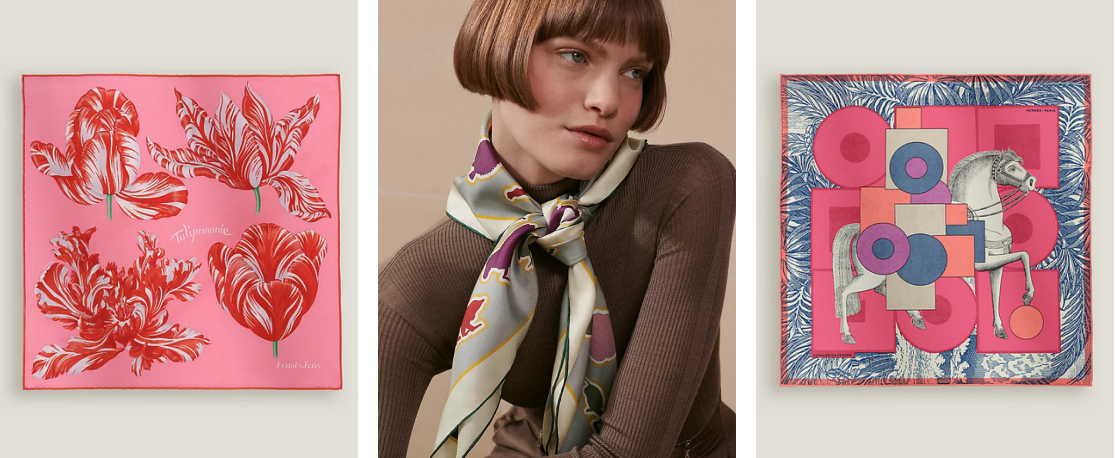
Love this style of content!